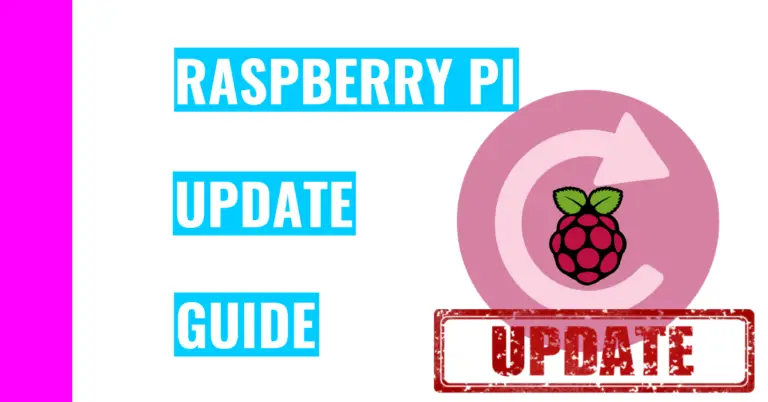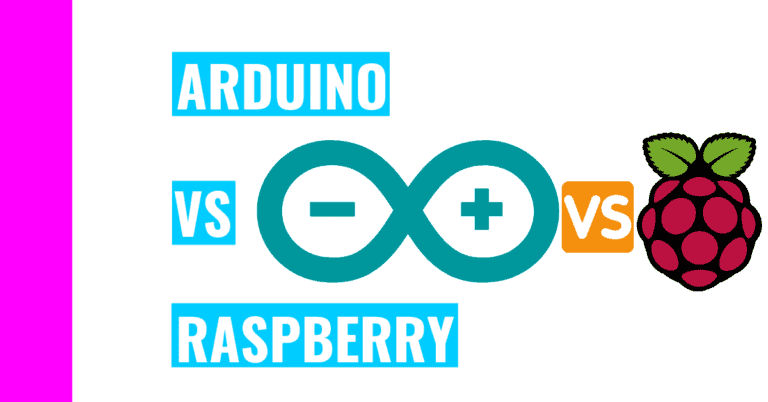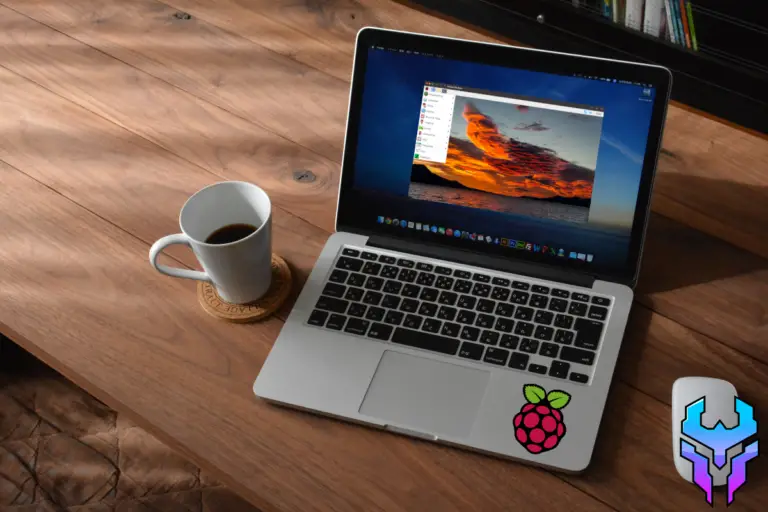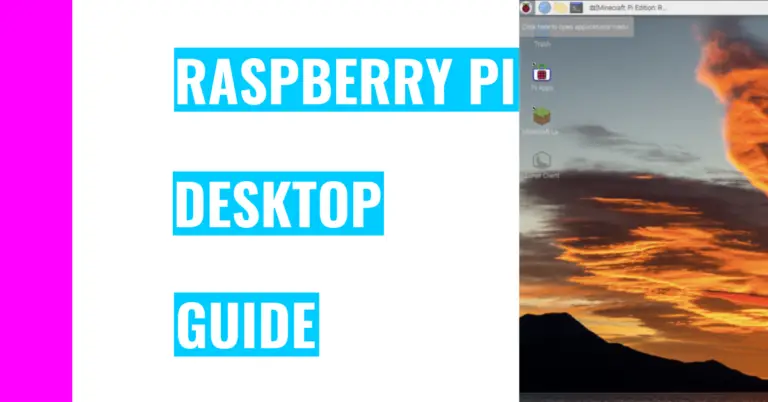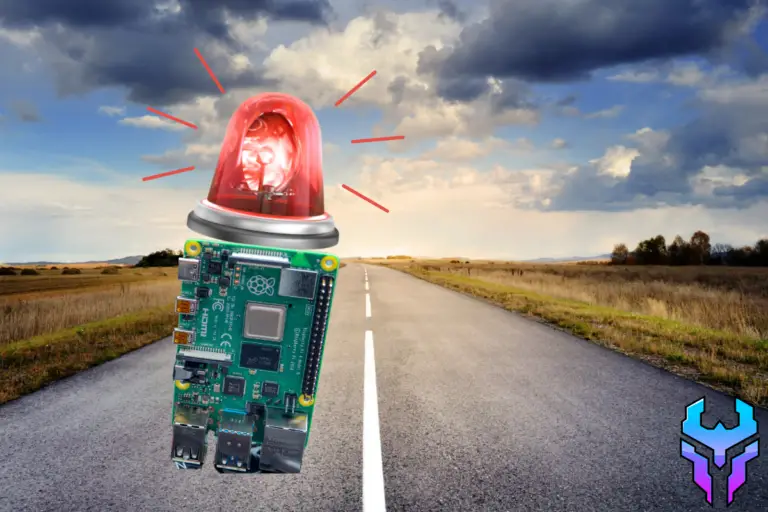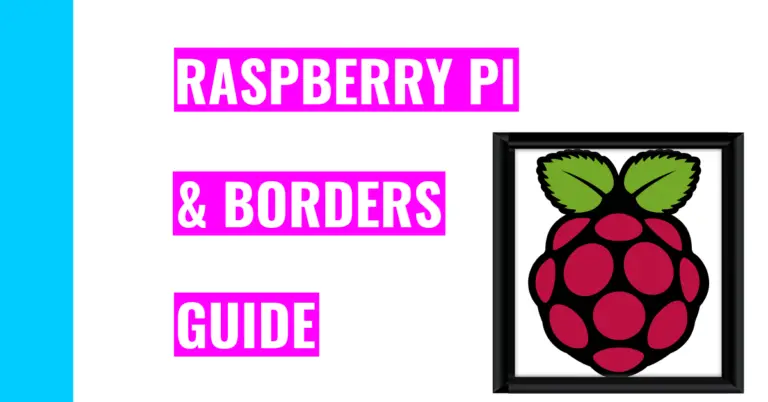What Programming Language Should You Learn For Raspberry Pi?
There are so many programming languages to choose from. They can differ in style, syntax, and level difficulty. For instance, Python is an easier programming language to work with compared to C++, especially for beginners who have had no previous programming experience.
Consequently, in this article, I want to answer the question: “What programming language should you learn for Raspberry Pi?”
The best 2 programming languages that’s easy for beginners to learn and use when working with Raspberry Pi is Scratch and Python. Scratch is easier than Python since you’re just picking, clicking, and dragging blocks to make your code. Python has perks of its own such as providing a beginner friendly syntax.
The rest of this article will dive into why those two languages are great in addition to introducing you to the other programming languages you can learn if you want to broaden your scope.
I also created an in-depth guide detailing what you should know before starting Raspberry Pi. I go over whether you need previous coding experience or knowledge about circuitry, and there are a lot of great tips to guide you.
Why Pick Scratch?
I’d highly recommend Scratch to children or even to those who have never programmed in their life before. Scratch is very immersive and visual since Scratch users (also known as Scratchers) can easily create code by dragging and dropping blocks of code.
It comes preinstalled in Raspberry Pi, and there’s also a kid-friendly operating system called the Kantos operating system, which includes the Scratch programming language. In addition, Kantos has fun small games for kids to play around with and they can start learning the very basics of coding and circuit boards.
Scratch Background
Scratch was initially created by the Lifelong Kindergarten Group, which is at the MIT Media Lab in Boston, U.S.. The first prototype appeared in 2003 and the second one appeared a year later in 2004. The group’s goal was to help younger audiences between the ages of 8 to 16 learn programming languages and have fun doing it.
Fun Fact!
The Scratch programming language even has a mascot. It’s a cat, and it’s named Scratch Cat. You’ll usually see a picture of this in the staging area when you start a new project in Scratch.
If you want to try it out yourself, click on the link here: Scratch website
If you haven’t seen the user interface (also known as the UI), it’s divided up into 3 different sections.
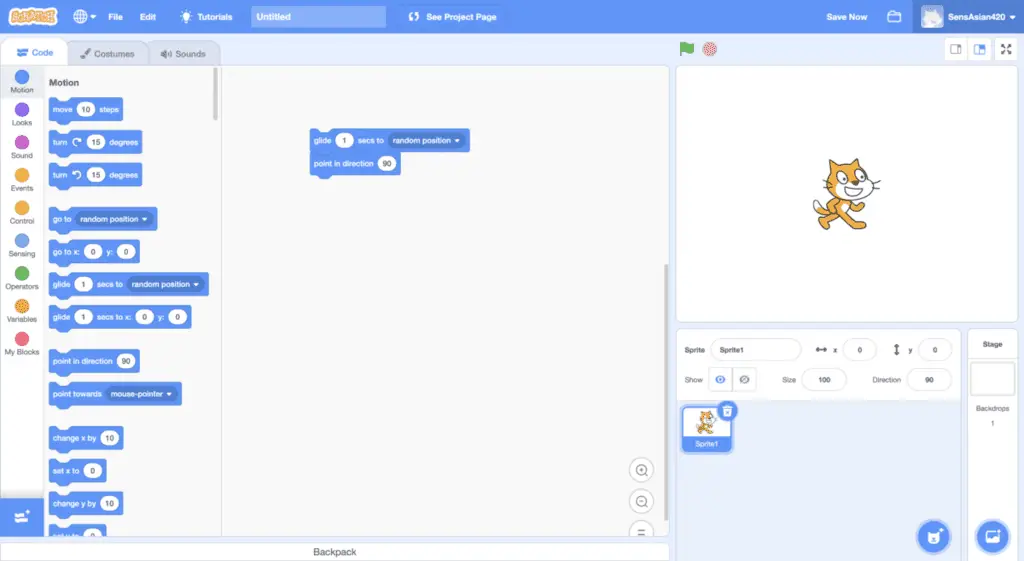
The three sections are the block palette, the coding area, and the staging area.
The leftmost section (in the image above) is the block palette. This is where you can choose the blocks you want. Then, you can drag it into the middle section, which is the coding area. You can snap blocks of code to each other, which is very satisfying.
Finally, you can implement your code, and watch your code run on the staging area (which is the rightmost section). If you programmed your character to move or any type of action, you’ll see your sprite (which is a character) do the action there.
Like I said before, this is very addicting and very visually pleasing. When I first started programming, this is what I used, and my love for coding has continued to this day thanks to this amazing software!
However, if you want to venture into coding without blocks, I would recommend Python.
Why Pick Python?
As I’ve mentioned before, Python is an easier programming language to pick up compared to the other ones because Python utilizes simpler syntax and a more readable code. Moreover, Python is versatile and great for backend development if you do happen to continue in learning and using Python for future endeavors.
Python Background
Python is a programming language first introduced on February 20, 1991. It was designed by Guido van Rossum and developed by the Python Software Foundation.
It can be used on many different operating systems such as Windows, macOS, and Linux. This programming language was made with the user in mind. For example, its code is very easy to read and understand. Moreover, the syntax used in Python is clear and the keywords are common English words.
Even the name Python was inspired by (and was a reference to) Monty Python, which is a British comedy group.
Additionally, Python has a philosophy of making everything beautiful, simplistic, functional, understandable, and explicit. Consequently, there is even a word created that was inspired by Python and these ideas: pythonic.
This word is defined as a style of coding that exploits Python’s features to write beautiful, readable code. In essence, this means that anyone who looks at the code will be able to understand instantly.
Here are some other cool Python facts:
- Python doesn’t use curly brackets to delimit blocks of code. Instead, it uses indented whitespace.
- Rossum was already working on Python in the 1980s before releasing it in 1991.
- Python can support many types of programming such as object oriented programming or structured programming. Consequently, it is referred to as a multi-paradigm programming language.
- Over 8 million people use Python to code!
What Other Programming Languages Can You Use For Raspberry Pi?
In addition to Scratch and Python, here are some other programming languages you can use to program your Raspberry Pi with:
- JQuery
- Java
- HTML5
- JavaScript
- C++
- C (the programming language)
- Perl
- Erlang
Summary – tl;dr (Too Long; Didn’t Read)
Here are the key take away points you should remember after reading this article:
- The two best programming languages I’d recommend you learn is Scratch and Python.
- Scratch is very user friendly and directed towards children between the age of 8 to 16.
- It’s very visual and interactive since you can click and drag blocks to write code. After that, you can run it and see animations bringing your code to life.
- Python is also very beginner friendly since the syntax is very human readable.
- If you do happen to continue with it in the future, it’s great for backend development.
Hopefully, by now, the article has Scratch-ed your itch on finding out what programming languages you should learn when starting Raspberry Pi!
If you want to start Raspberry Pi, but don’t know what supplies you’ll need, consider checking out my guide on shopping for budget-friendly Raspberry Pi components. Even if you know what you want to buy, you should still read it since there are a lot of great tips that can save you money!
References
I used the following sources to ensure my content is up to date, relevant, and correct:

